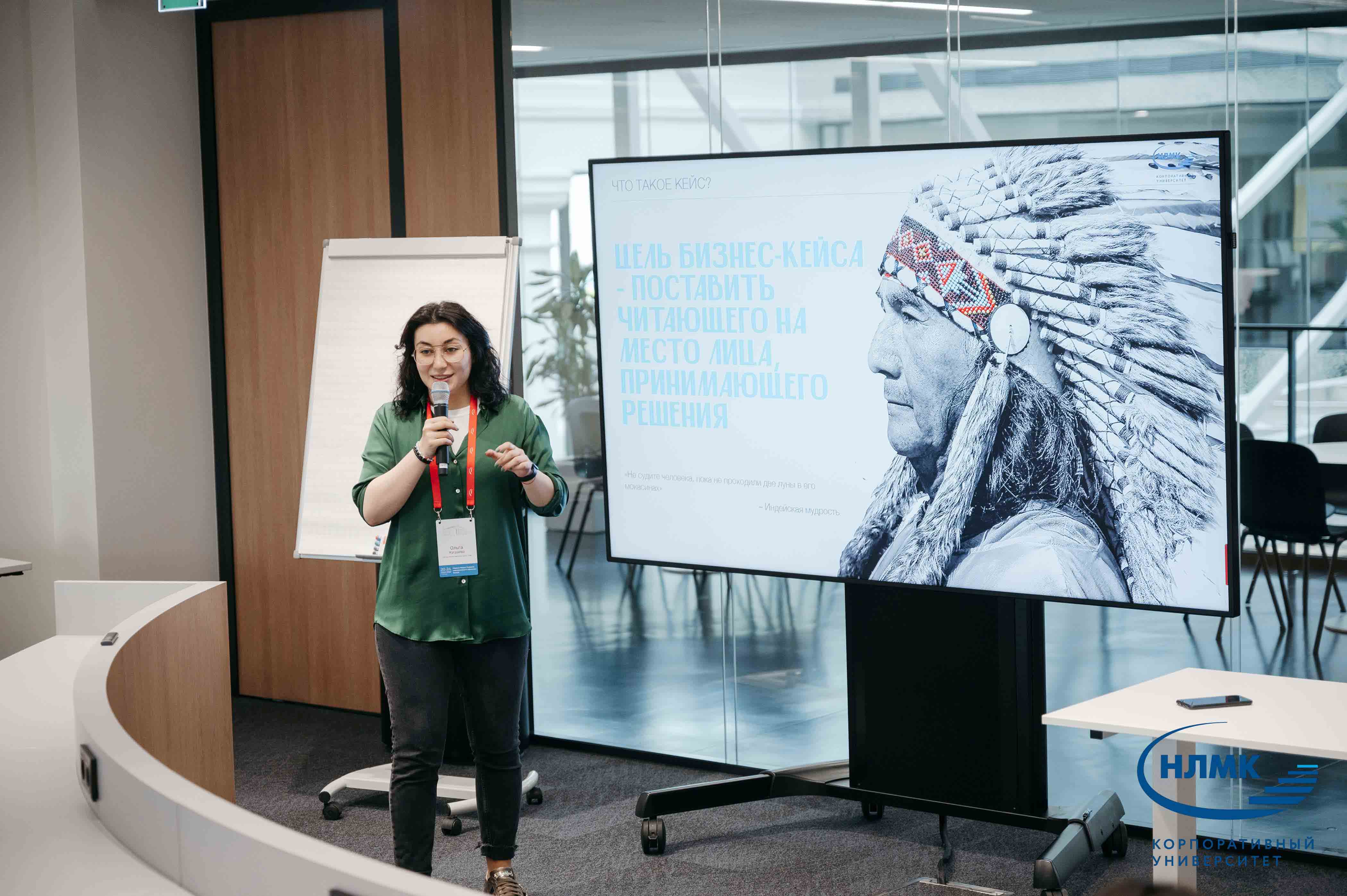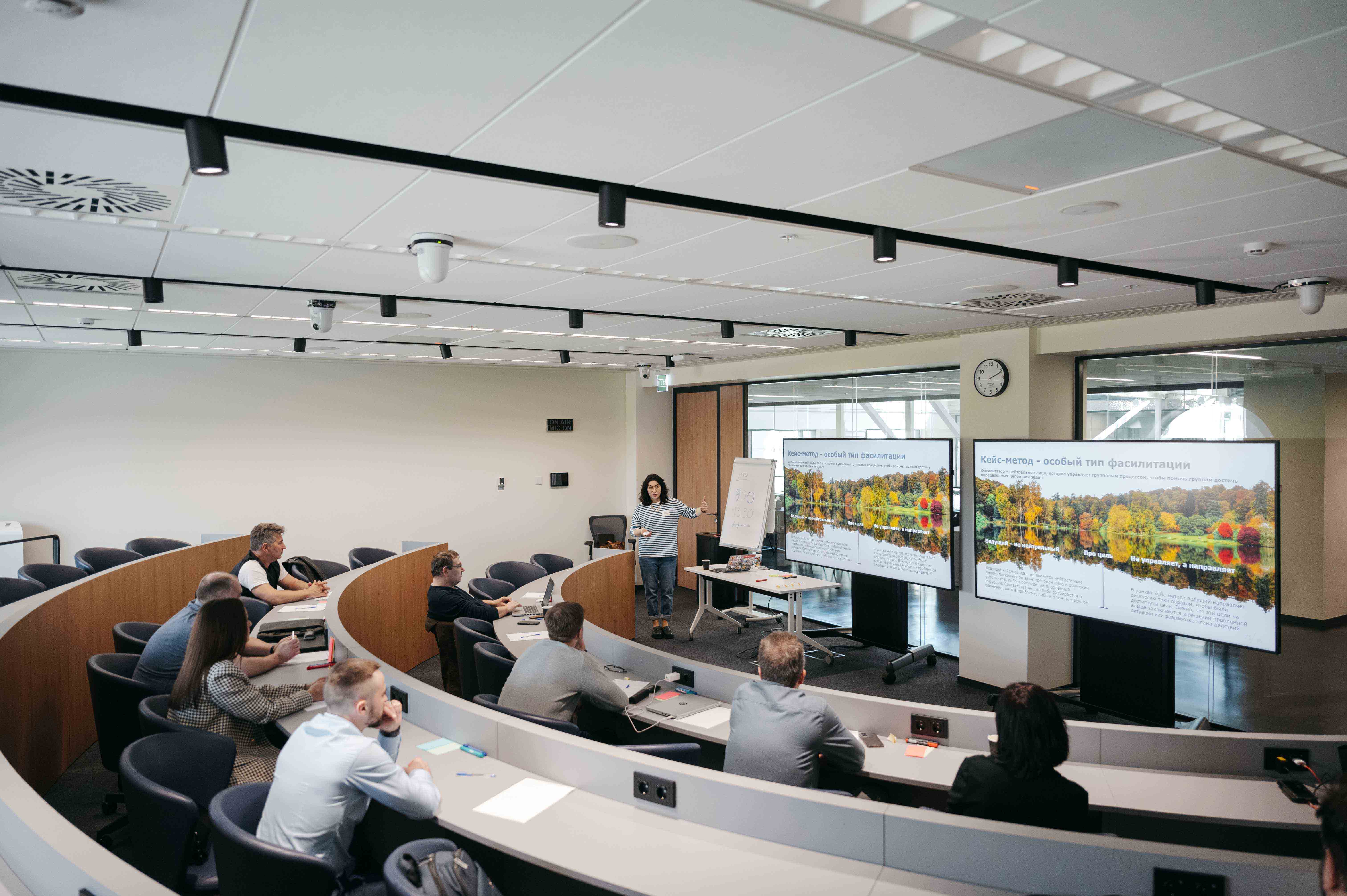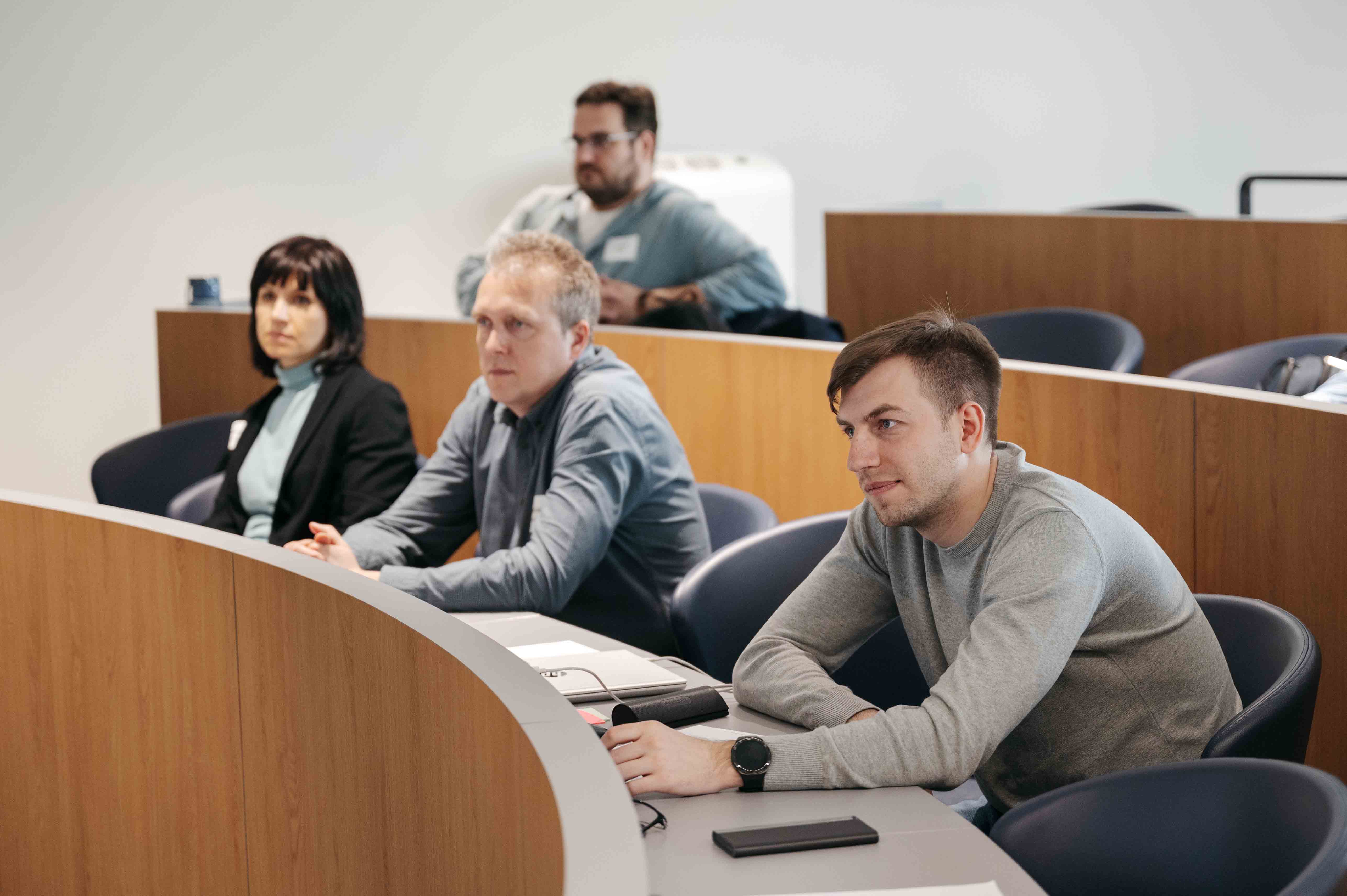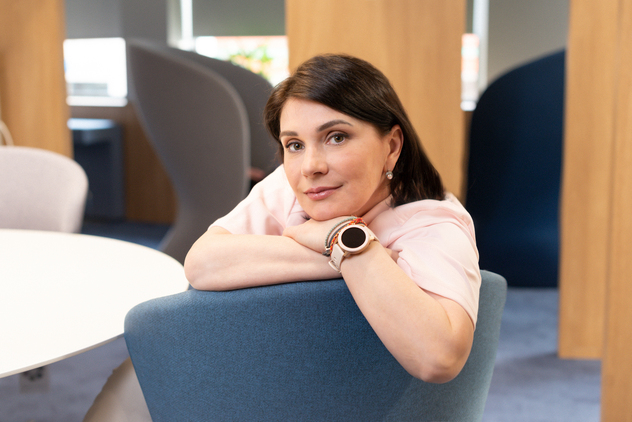
14
Jun '23
Why business cases and the case method are relevant today?
Expert's column
497
1
Case method is one of the most interesting and effective formats in business education. No wonder it is successfully used by the world’s leading business schools. Olga Kusraeva, Project Manager of the Corporate University Case Development Department, talks about why case method is especially relevant today.
What is a business case and what does Socrates have to do with it?
Before we answer the question in the title right away, let us agree on the basic terms. The word “case” means an example or an instance. In the business environment it is customary to use the term “case” to refer to a description of a certain situation, including the input data, decisions and paths chosen by the participants, their actions, materials related to the case, and the resulting outcome. Cases can be used to describe best practices or exceptionally challenging situations. It all depends on the purpose of the case.
In training we use educational cases or, as we call them at NLMK, business cases. A business case is a methodically structured study of a situation taken fr om business practice and populated with certain relevant protagonists. The situation includes a set of events related to a problem and only those materials that the protagonist has at their disposal.
Let’s define right away who the protagonist is. In business cases, this is the main actor, a person (or a group of people) who must make a decision to solve a problem.
There is also such a notion as case method. Case method is a facilitated discussion conducted by a set of rules, which aims to ensure that participants reach a common decision. It focuses on team interaction with the biggest value being the development of participants’ soft skills. Interestingly, the foundations of the case method were laid long before business education appeared. Socratic questioning is the progenitor of the modern case method. It is noteworthy that the essence of both methods is that by expressing their opinions participants are able to arrive at a common view contrary to just one person or a single team prevailing in the argument.
The case method involves learning by analyzing specific situations. It allows one to use theory to solve practical problems and augments solely academic education expanding the idea of what is happening in real life.
It is important to note that the case method is fundamentally different fr om the case championship, in which the focus is more on generating new ideas. The case championship is a competition during which teams solve problems facing the business, and the jury evaluate subjectively the results of case solving. The purpose of the case method is to develop such competencies as critical thinking, decision-making, problem identification, analysis of a large amount of information, team interaction, as well as meta-competencies.
In our definition of the case method, we mentioned that it originated from Socrates and, most interestingly, has not changed fundamentally since then. The formats of cases keep changing, the style of narration is being modified, technologies to bring the case closer to real life are evolving, but the very discussion as part of the case method remains unchanged. Even the seating of the participants and the position of the moderator have been preserved since antiquity: the participants sit in a semicircle in an amphitheater facing the presenter, who stands on a small platform facing the participants.
Why case method is relevant today?
The answer is simple: because it develops skills. Case method is not about learning how to solve today's problems, but about developing skills for life. Once again, the value of the case method is not in the developed solutions, since specific solutions are always situational, but in the skills that are being acquired along the way.
The participants themselves ask questions about the case, solve problems, interact with others and learn from them. They “unpack” the situation, analyze it, learn to work with limited information and ambiguity, think professionally and ask themselves: “What would I do if I were in this situation?”
The case method simulates real-world situations and involves participants in solving complex problems. This method of teaching is not limited to a discipline or subject area, it can be used wherever there is no single right solution. Logically, wh ere there is the only correct solution, the case method may be irrelevant. But the question arises: is there even such an area or a problem wh ere there can be the one right solution?
On the other hand, the skill to develop business cases creates new neural connections to see problems as business cases that can be used for joint discussion with colleagues and for training. Another benefit is that one can discuss their tasks with colleagues in the form of business cases. This develops team spirit, enables joint decision-making, and helps study the situation from different perspectives and find a solution.
Those who use the case method in their teaching do not just state what answers are right or wrong. Instead, they drive and facilitate discussion, helping participants systematize information about the problem, form opinions, convince others and make decisions. Consequently, the contribution of the internal coach to the development of the skills of our employees is growing.
One last thing, the practicing of the case method is beautiful in itself, and the resulting business case is a way to add your name to the honorary hall of fame of business case authors, which is not big yet.
Olga Kusraeva, Project Manager of the Corporate University Case Development Department
Our Newsletter is a totally fact-laden publication, containing information on new products, services and trends at NLMK University









